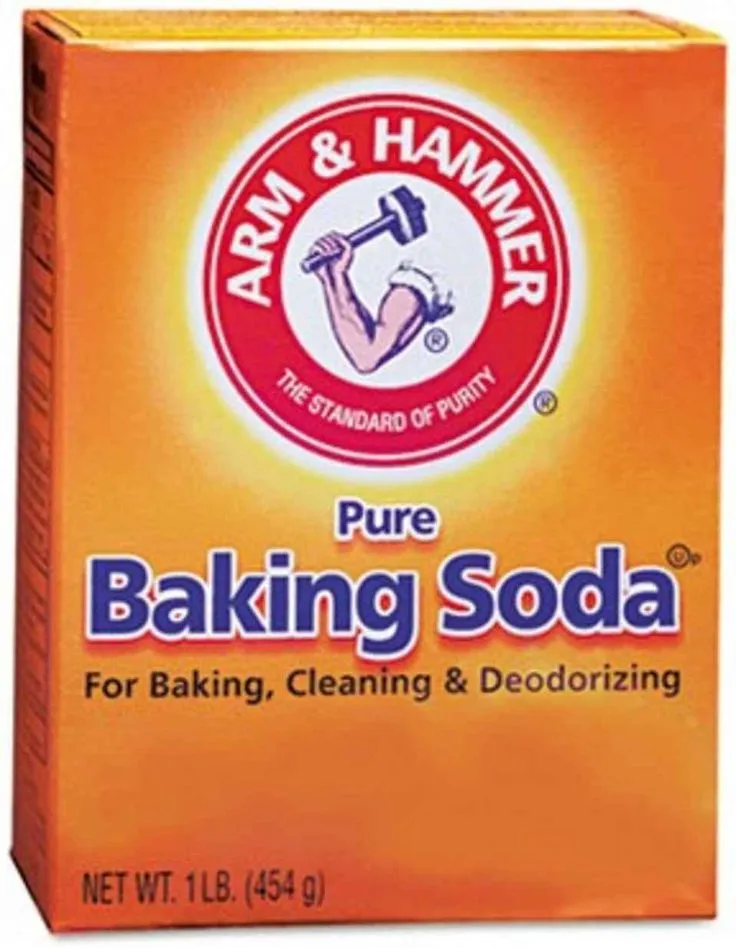What is Baking Soda and How Does it Work for Teeth Whitening
Baking soda, also known as sodium bicarbonate, is a common household staple with a wide range of uses, including cleaning, cooking, and, yes, teeth whitening. Its popularity in oral hygiene stems from its mild abrasive properties, which can help to remove surface stains from teeth. But how exactly does this simple compound achieve this effect? The key lies in understanding its chemical properties and how they interact with the enamel of your teeth. It’s crucial to approach baking soda teeth whitening with a clear understanding of both its benefits and potential drawbacks to ensure safe and effective use. The aim is to achieve a brighter smile without causing any harm to your teeth or gums.
The Science Behind Baking Soda’s Whitening Power
Baking soda’s whitening effect is primarily due to its ability to act as a gentle abrasive. This abrasive quality helps to scrub away surface stains caused by things like coffee, tea, and certain foods. It’s also thought that baking soda can neutralize acids in the mouth, which can help to protect tooth enamel from erosion. However, the science is complex, and while baking soda can help remove stains, it doesn’t chemically alter the color of your teeth the way professional whitening treatments do. The degree of whitening achieved with baking soda also varies from person to person, and it’s important to set realistic expectations. Understanding the science helps to manage expectations and use baking soda responsibly.
Baking Soda’s Abrasive Nature
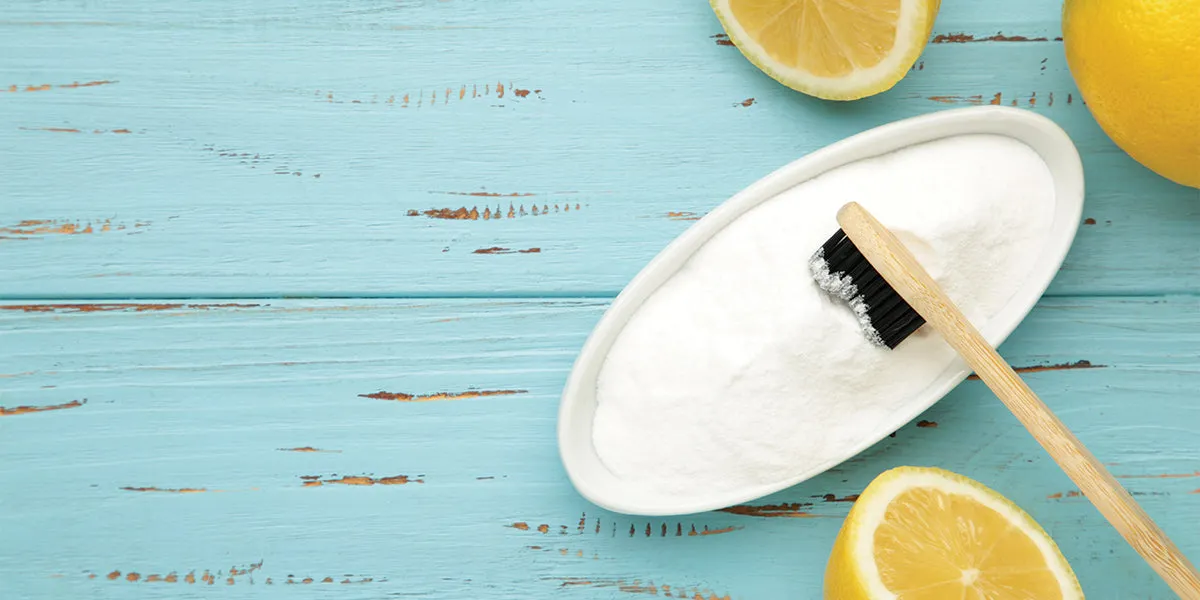
The abrasiveness of baking soda is a double-edged sword. While it’s effective at removing surface stains, it can also potentially wear down tooth enamel if used too frequently or aggressively. Enamel is the hard, protective outer layer of your teeth, and once it’s gone, it cannot be naturally replaced. Over time, excessive abrasion can lead to tooth sensitivity, making your teeth more vulnerable to cavities and other dental problems. This is why it’s essential to use baking soda sparingly and in the correct manner. Proper brushing technique and the frequency of use are key factors in minimizing the risk of enamel damage, so always prioritize the health of your teeth.
Baking Soda’s pH Level
Baking soda has a slightly alkaline pH, which means it can help to neutralize acids in your mouth. Acids are produced by bacteria in your mouth that feed on sugars and starches. These acids can erode tooth enamel, leading to cavities. By creating a more alkaline environment, baking soda can help to reduce the acidity in your mouth, which may help protect your teeth from decay. However, it’s important to remember that baking soda is not a substitute for proper oral hygiene. Regular brushing, flossing, and dental checkups are still essential for maintaining good oral health.
How to Use Baking Soda for Teeth Whitening
There are several ways to incorporate baking soda into your oral hygiene routine for teeth whitening purposes. The key is to use it correctly and in moderation to avoid any potential harm to your teeth or gums. Whether you choose to mix it with water, hydrogen peroxide, or coconut oil, ensure you follow the recommended guidelines for each method. Always consult with your dentist before starting any new teeth whitening regimen, especially if you have sensitive teeth or any pre-existing dental conditions. They can provide personalized advice and ensure the chosen method aligns with your oral health needs.
Baking Soda and Water Paste Method
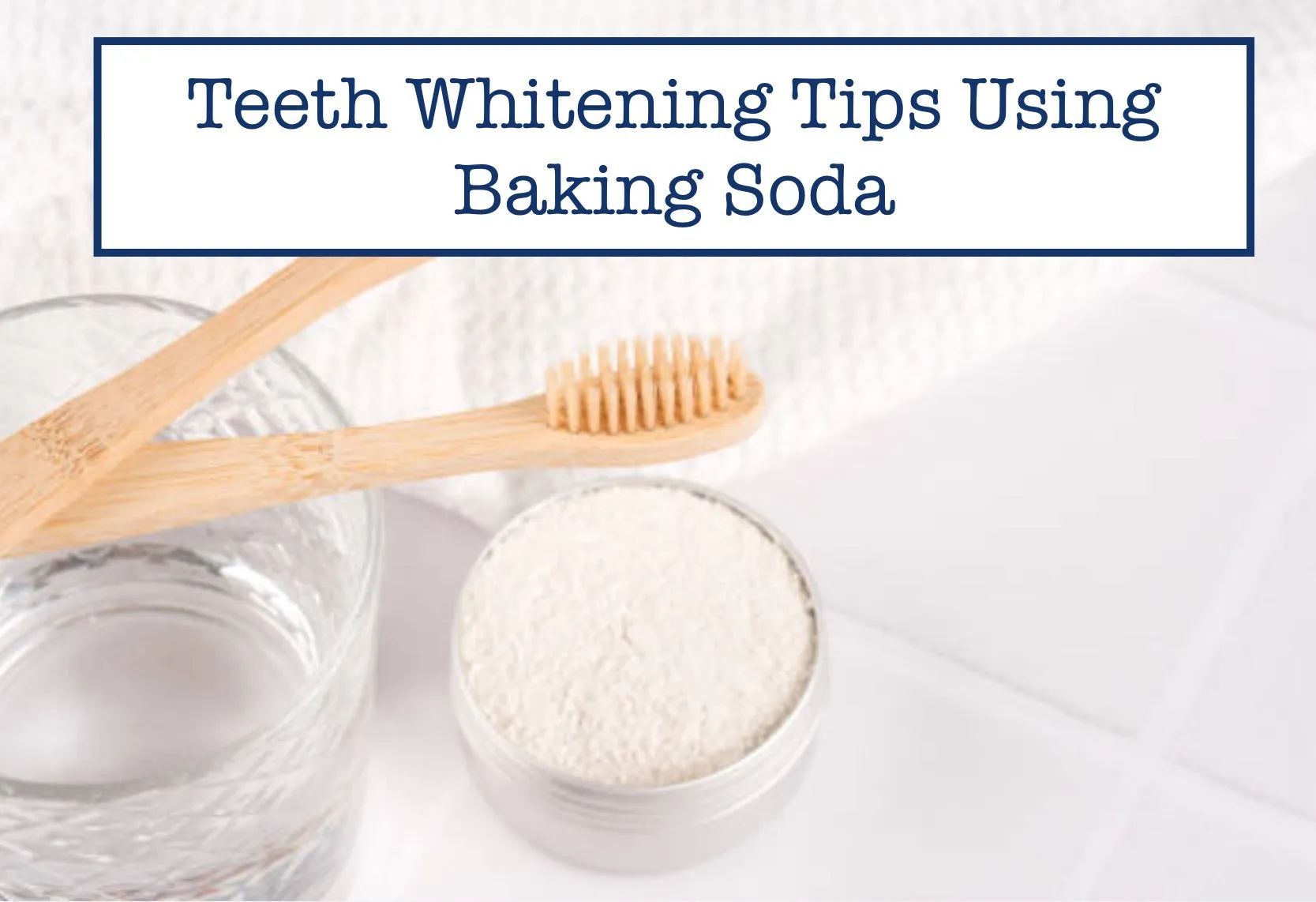
This is the simplest and most common method. Mix a small amount of baking soda (about a teaspoon) with enough water to form a paste. You want the consistency to be similar to toothpaste. Apply the paste to your toothbrush and gently brush your teeth for about two minutes. Rinse thoroughly with water after brushing. This method is generally considered safe when used sparingly, but it’s essential not to scrub too hard, and avoid excessive use. Remember to monitor your teeth for any signs of sensitivity or irritation. Using a soft-bristled toothbrush can also help to minimize the risk of enamel damage. This easy method is a good starting point for those new to using baking soda for teeth whitening.
Baking Soda and Hydrogen Peroxide Method
Hydrogen peroxide is a mild bleaching agent and can enhance the whitening effect of baking soda. Mix baking soda with hydrogen peroxide to form a paste, using a ratio of about one part baking soda to two parts hydrogen peroxide (3% solution). Brush your teeth with this mixture for about two minutes, and then rinse thoroughly. Be careful not to swallow any of the mixture. Hydrogen peroxide can sometimes cause gum irritation or sensitivity, so it’s crucial to start slowly and monitor your teeth for any adverse reactions. This method may provide a more noticeable whitening effect, but it also carries a slightly higher risk of potential side effects, and consulting a dentist before use is a good idea.
Baking Soda and Coconut Oil Method
Coconut oil has become a popular addition to oral hygiene routines. It’s believed to have antibacterial properties and can help to remove plaque. To use this method, mix baking soda with a small amount of coconut oil to create a paste. The coconut oil acts as a binder and helps to reduce the abrasiveness of the baking soda. Brush your teeth with this mixture for about two minutes, and then rinse thoroughly. Coconut oil also has a pleasant taste, which can make the experience more enjoyable. While this combination is generally considered gentler than the baking soda and water method, it is still important to use it in moderation and watch for any signs of sensitivity or irritation. This method provides a slightly different approach, and the results vary from person to person.
Important Considerations Before Using Baking Soda
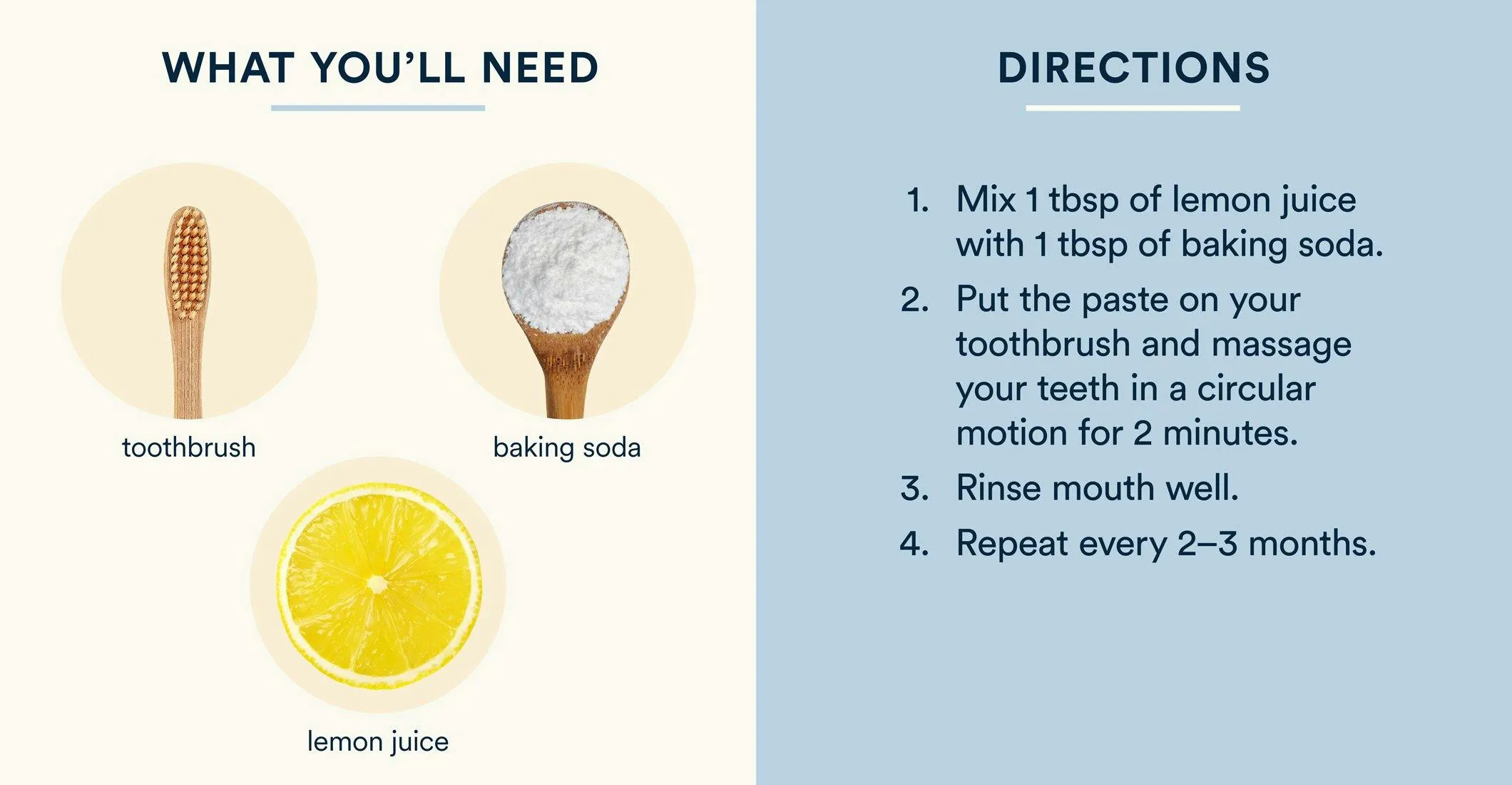
Before incorporating baking soda into your oral hygiene routine, it’s vital to be aware of the potential risks and side effects. While it can be an effective and affordable way to whiten your teeth, it’s not suitable for everyone. Individuals with sensitive teeth, existing dental issues, or those undergoing other dental treatments should exercise caution and seek professional advice. Understanding the potential drawbacks ensures informed decision-making and promotes the safe and responsible use of baking soda for teeth whitening. Always prioritize the health and integrity of your teeth and gums.
Potential Risks and Side Effects
The primary risk associated with baking soda teeth whitening is the potential for enamel erosion. Over time, the abrasive nature of baking soda can wear down the enamel, making your teeth more susceptible to sensitivity, cavities, and discoloration. Some people may also experience gum irritation or inflammation. Other side effects can include increased tooth sensitivity to hot and cold temperatures. It’s essential to discontinue use immediately if you experience any of these symptoms. Be mindful of the frequency and the method you use, and always prioritize the health of your teeth. It’s important to find a balance between achieving a brighter smile and maintaining the structural integrity of your teeth.
Consulting with a Dentist
The best way to ensure that baking soda teeth whitening is safe and appropriate for you is to consult with your dentist. They can assess the current condition of your teeth and gums and provide personalized recommendations. Your dentist can also advise you on the proper technique, frequency, and potential risks based on your specific oral health needs. They can also recommend alternative whitening treatments if baking soda isn’t a suitable option. Regular dental checkups are crucial for early detection of any potential problems. Consulting with a dental professional ensures that you are taking the best possible care of your teeth and achieving your desired results safely.
Tips for Safe and Effective Whitening
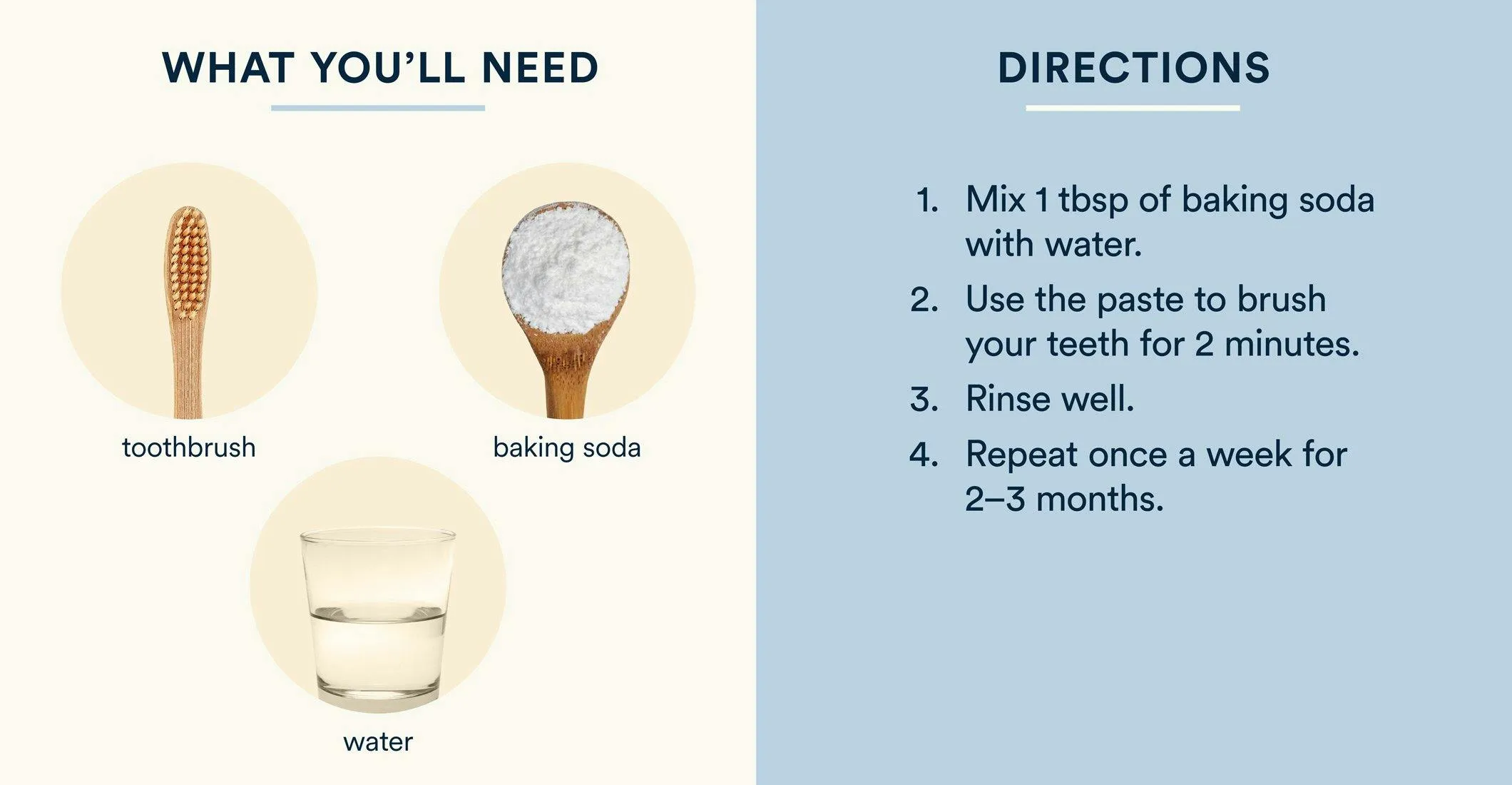
If you decide to use baking soda for teeth whitening, there are several precautions you can take to minimize the risks and maximize the benefits. Proper brushing technique, the frequency of use, and dietary considerations all play an important role. Following these tips can help you achieve a brighter smile while preserving the health of your teeth and gums. Remember that consistency and moderation are key. Always listen to your body and pay attention to any signs of irritation or sensitivity. If you experience any adverse effects, discontinue use and consult your dentist for guidance.
Proper Brushing Technique
Using the correct brushing technique is crucial when using baking soda for teeth whitening. Avoid brushing too hard, as this can accelerate enamel erosion. Instead, use gentle, circular motions, focusing on each tooth for a short duration. Use a soft-bristled toothbrush to further minimize abrasion. Make sure to reach all surfaces of your teeth, including the front, back, and chewing surfaces. Proper brushing technique reduces the risk of damage and ensures effective cleaning. Rinsing your mouth thoroughly after brushing can help remove any remaining baking soda and debris. A careful and gentle technique can make a significant difference in protecting your teeth while whitening them.
Frequency of Use
The frequency with which you use baking soda is a crucial factor in its safety. Do not use baking soda for teeth whitening more than once or twice a week. Overuse can significantly increase the risk of enamel erosion and tooth sensitivity. It is recommended to alternate with regular toothpaste and consider other methods like using a fluoride toothpaste in between. Regular toothpaste contains fluoride, which helps to strengthen your enamel and protect your teeth from decay. Monitoring the results and listening to your teeth is also essential. If you notice any signs of increased sensitivity, gum irritation, or enamel erosion, stop using baking soda immediately and consult your dentist.
Dietary Considerations for Whiter Teeth
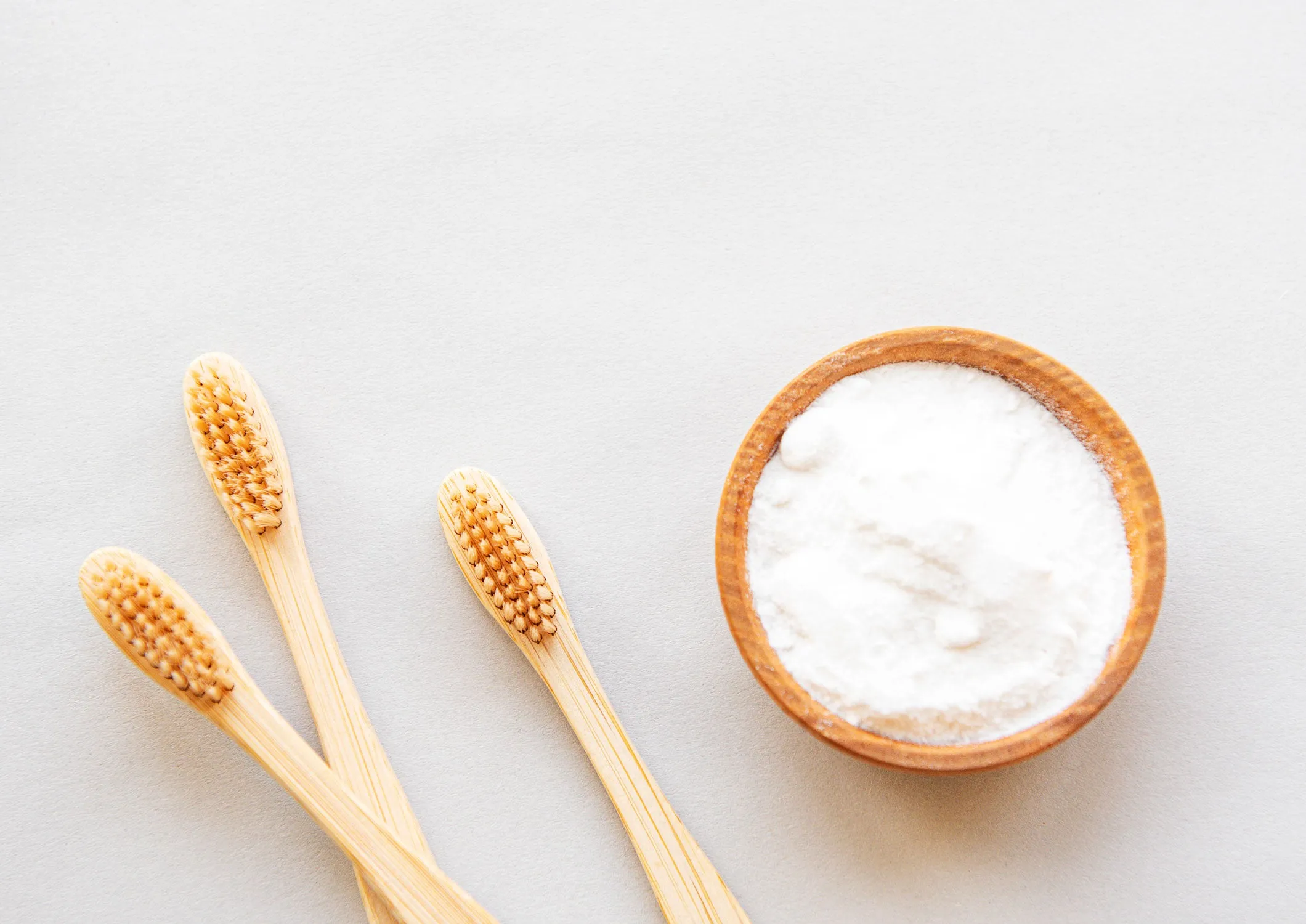
The foods and drinks you consume can significantly affect the color of your teeth. Certain foods and beverages contain pigments that can stain your teeth. Coffee, tea, red wine, and dark-colored berries are common culprits. Limiting your consumption of these items can help to reduce staining. After consuming these foods and drinks, rinse your mouth with water to help remove any lingering pigments. Furthermore, incorporating teeth-whitening foods into your diet can also contribute to a brighter smile. Apples, celery, and carrots are examples of foods that can help to naturally clean your teeth and stimulate saliva production, which helps to wash away stains. Maintaining a balanced diet and being mindful of what you consume is a crucial aspect of maintaining white teeth.
In conclusion, baking soda can be a useful tool for teeth whitening. The science behind it is simple; It is a gentle abrasive and helps to remove surface stains. It is very important to use baking soda with caution, using a proper brushing technique and limiting its use to once or twice a week to prevent enamel erosion and increase tooth sensitivity. It is crucial to consult with your dentist before starting any teeth whitening regimen to ensure that it is safe for you. By following the tips and guidelines, you can safely and effectively brighten your smile. Combining baking soda with good oral hygiene practices and being mindful of your diet are great steps toward healthy teeth. The journey to a brighter smile starts with understanding and prioritizing your oral health.
